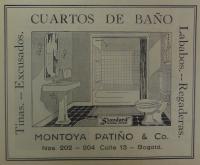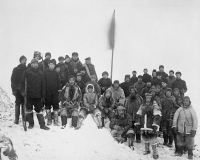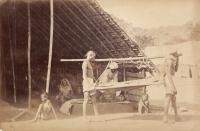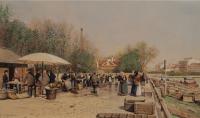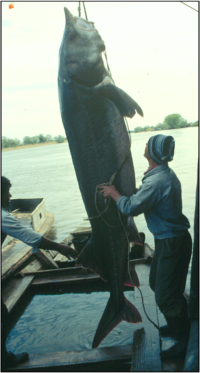Show search results for
- (-) Remove Virtual Exhibitions filter Virtual Exhibitions
The Northwest Passage as a Question of Sovereignty | The Northwest Passage
To whom does the Northwest Passage belong? Historian Elene Baldassarri writes about the politics of the Far North. This is a chapter of the virtual exhibition “The Northwest Passage: Myth, Environment, and Resources.”
Urbanization | Welcome to the Anthropocene
This is a chapter of the virtual exhibition “Welcome to the Anthropocene: The Earth in Our Hands”—written and curated by historian Nina Möllers.
The Rivers and the Cities: A Brief Introduction | Neva and Danube Rivers
Analyzing the history of fish populations in the Neva and Viennese Danube, the Russian-Austrian research group discovered numerous links between the great cities and their great rivers, including the fish populations. This introduction to the virtual exhibition “‘Commanding, Sovereign Stream’: The Neva and the Viennese Danube in the History of Imperial Metropolitan Centers” explains how the exhibition visualizes these links and reveal some hidden (or at least not immediately evident) sides of urban life.
Reaction of the Indian population | Famines in India
This is a chapter of the virtual exhibition “Famines in Late Nineteenth-Century India: Politics, Culture, and Environmental Justice”—written and curated by sociologist Naresh Chandra Sourabh and economic historian Timo Myllyntaus.
About the Exhibition | Neva and Danube Rivers
This exhibition shows some of the many links between the Neva River in St. Petersburg and the Viennese Danube discovered during the joint Russian-Austrian research project “The Long-Term Dynamics of Fish Populations and Ecosystems of European Rivers.”
Fish Consumption | Neva and Danube Rivers
In this chapter of their virtual exhibition “‘Commanding, Sovereign Stream’: The Neva and the Viennese Danube in the History of Imperial Metropolitan Centers,” the authors discuss how the growing population required a lot of food and fish was significant part of the city dwellers’ diets. Social stratification led to the clear division between fish commodities for the wealthy and those for poor citizens, though some kinds of fish could be popular among all dwellers, regardless of social differences.


